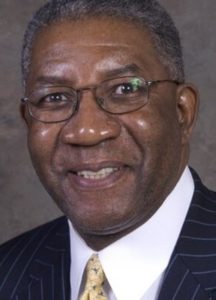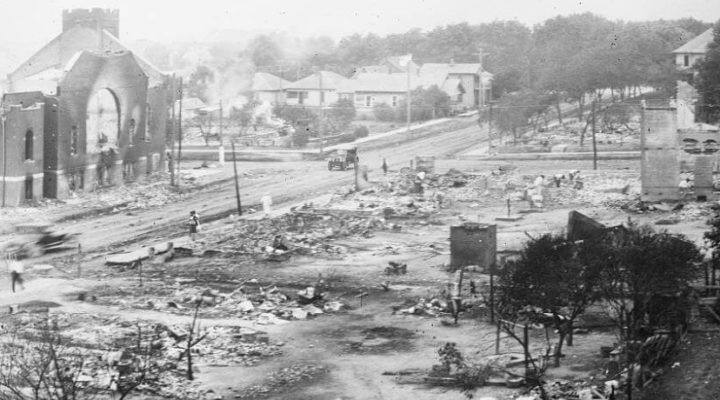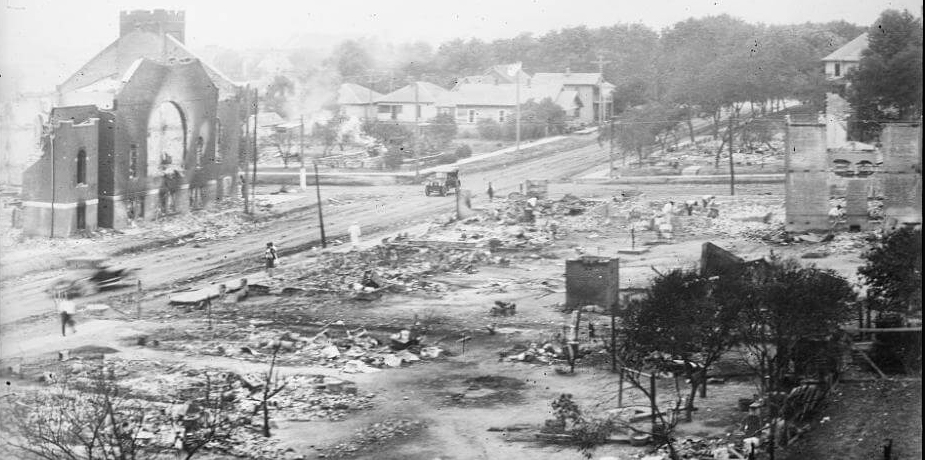On the evening of May 31, 1921, a mob of white people attacked the homes and businesses of Black people who lived in the thriving Greenwood community — considered the “Black Wall Street” — of Tulsa, Okla. Throughout that night and into the following day, June 1, the white mob burned homes, churches and even a school.
Hundreds of people — some estimates place the death toll at more than 300 — were killed. Airplanes bombed the Greenwood community.
Official records relating to an investigation of the massacre somehow went missing.
No white person was prosecuted for the arson, looting and murders of Greenwood residents.
Neither the city of Tulsa nor the state of Oklahoma paid a penny as reparation to the survivors of the massacre.
For decades, the Tulsa Race Massacre was not part of educational material in Oklahoma.

Wendell Griffen
This painful history cannot be justified. It is a telling indictment about the moral character of the people who committed the most horrific act of racialized terrorism against Black people in Oklahoma history. The calculated, continued and inexcusable refusal of white Oklahomans — including people who profess to be guided by religious values — to atone for it since 1921 is abominable.
More than a century of willful concealment of this heinous crime against humanity by the political, religious, commercial, educational and health leaders of Oklahoma requires reparatory measures before that colossal breach of human community can heal. Those reparatory measures are prerequisites to racial justice. They demand much more than token statements of apology, symbolic gestures and professions of regret.
Reparation requires that people first do the painful constant work of reckoning with the physical, generational, social, emotional, moral, political, commercial and environmental consequences of more than a century of transgenerational racial injustice. Reckoning is not casual, transitory or ceremonial work. The work is consequential, and it must always be proportionate to the past and continuing harms caused by racial injustice.
It is telling that so many people who profess to be guided by religious values are unwilling to engage in the reckoning required in this reparatory process. Those people are not dim-witted or demonic.
At best, they are victims of transgenerational denial and guilt about racialized trauma they cannot bear to confront. At worst, they are trapped by moral cowardice, deceit and robbery that was socially, religiously, legally and culturally sanctioned for more than a century when it comes to the Tulsa Race Massacre, and for more than four centuries when one reckons with the history of white supremacy and racial injustice in the United States.
Reparatory justice required for the Tulsa Race Massacre of 1921 begins when current and future generations of Oklahomans reckon with the consequences of more than a century of sanctioned, sacralized and systemic denial, cowardice, deceit and robbery. The reckoning process related to racial injustice is always painful. However, racial reconciliation never can happen without it.
“Reconciliation for systemic racial injustice is possible.”
Reconciliation for systemic racial injustice is possible. However, that possibility can only be realized by reparatory justice and continuous reckoning with the consequences of the evils committed, condoned, concealed and which continue 102 years later. “Repentance” is the theological word for that ongoing reckoning.
The pity is that so many people are so morally and ethically compromised by white supremacy, privilege and hegemony that they cannot be trustworthy agents of repentance, let alone lead others who seek to experience repentant — thereby reparatory — lives.
That not only is a pity. It is a continuing trauma of the Tulsa Race Massacre that will not be remedied without the repentant reparatory reckoning that has been neglected until now.
Wendell Griffen is a retired circuit court judge in Arkansas who serves as pastor of New Millennium Baptist Church in Little Rock, Ark.
To learn more about the Tulsa Race Massacre:
A 2021 National Public Radio retrospective about the event based on the account of Olivia Hooker, who was 6 years old at the time
An encyclopedic summary from Brittanica
The official report issued in 2001
Jerrolyn Eulinberg’s womanist perspective
Related articles:
Is it now illegal to mention the Tulsa Race Massacre in the classrooms of Oklahoma? | Opinion by Alan Bean
Juneteenth should remind us of all the things we don’t know | Opinion by Mark Wingfield
I’m weary of hearing “I’m sorry” from white people | James Ellis III


